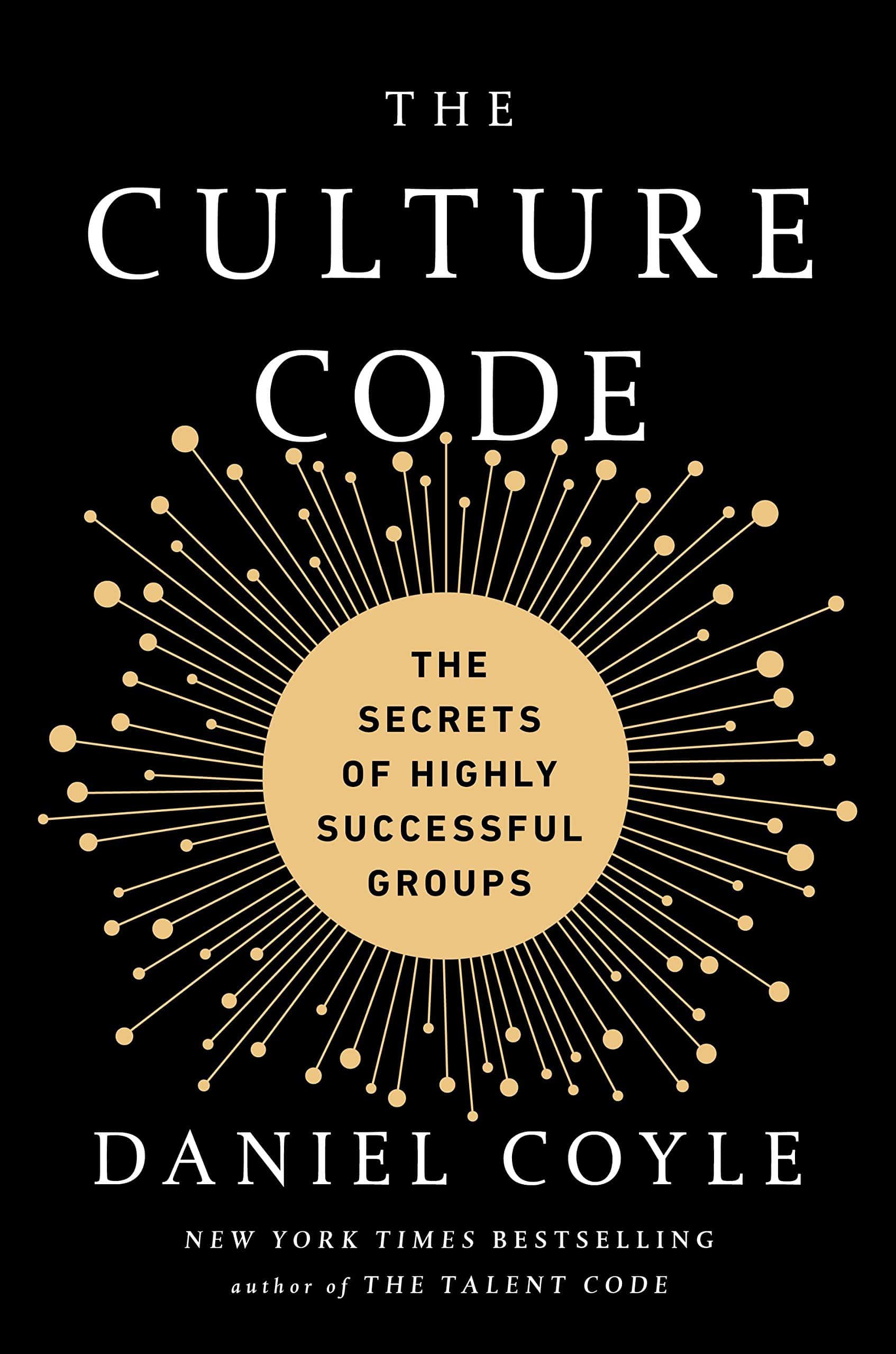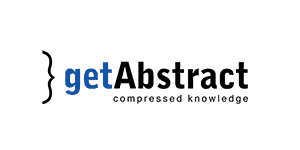The Culture Code
The Secrets of Highly Successful Groups
Author: Daniel Coyle

👍GetAbstract Rating: 8/10

GetAbstract Summary Preview
Daniel Coyle demystifies the culture-building process by identifying three key skills that generate cohesion and cooperation and explains how diverse groups learn to function with a single mind. Coyle offers specific strategies that trigger learning, spark collaboration, build trust and drive positive change. The Culture Code offers a map for creating an environment where innovation flourishes, problems get solved, and expectations are exceeded.
Sustained market leadership requires the cohesion and cooperation of a diverse employee population that can “function with a single mind.”
We may recognize great culture when we see it in action, but the culture-building process –– how you get to that point –– is less well understood. Daniel Coyle’s new book, The Culture Code: The Secrets of Highly Successful Groups, breaks down that process into three skills:
Build Safety.
Initial attempts at collaboration can often be undermined by status management as participants get sidetracked by trying to figure out where they “fit into the larger picture.” Worrying about who’s in charge and the rules of play becomes more important than focusing on the task at hand.
The author proposes that maintaining a safe environment that supports constructive and inclusive dialogue in an atmosphere of fun and mutual support will eliminate the need for status management. The emphasis here is on doing rather than committing to do.
Actions as simple as listening closely, recognizing individual contributions and even picking up trash (as McDonald’s founder Ray Kroc and UCLA basketball coach John Wooden were renowned for doing) can send a strong message of inclusivity –– specifically that no one’s too important for the most menial task.
Share Vulnerability.
Coyle uses the analogies of glue and muscle to delineate the second skill of culture building. Safety is the glue that creates belonging, and vulnerability is the muscle that “translate(s) connection into trusting cooperation.”
Posturing and sugar-coated interactions waste time and send confusing messages to those receiving the feedback. Candor, while avoiding brutal honesty, is more impactful and preserves the environment of safety and belonging built in the first skill. This will only work if the foundation of trust is in place, and navigating the line between candor and brutal honesty will take practice.
Examples of feedback/post-mortem meetings at Pixar (“BrainTrusts”) and the U.S. Navy SEALs (“After-Action Reviews” or AARs) illustrate the importance of feedback that is “smaller, more targeted, less personal, less judgmental and equally impactful.”
Establish Purpose.
Building safety addresses the need for cohesion, and sharing vulnerability enables cooperation, but this only leaves the organization as a highly primed entity. Without a clear sense of what it’s all for, this newly developed ability to “function with a single mind” can quickly dissipate.
The example of the Johnson & Johnson Credo, written in 1943 by Robert Wood Johnson, demonstrates how powerful 311 words can be in establishing a clear purpose for an entire organization. The fact that the company was guided by that same Credo in responding to the 1982 crisis of Extra-Strength Tylenol capsules laced with cyanide sets it apart from all other carefully worded corporate value statements.
Coyle draws attention to the impact of “highpurpose environments,” where employees are surrounded by powerful and vivid reminders of both present moments and future ideals. For Pixar, it’s the 20-foot-tall model of the Luxo Lamp at the main entrance of their campus. For the U.S. Navy SEAL headquarters, it’s a piece of a twisted girder from the 9/11 bombing of the World Trade Center.
These are more than just reminders of past efforts. They are powerful signals, often accompanied by catchphrases and organization-specific terminology, that serve as reinforcements and motivators of the current goals.
The Culture Code challenges the traditional assumption that you must mix diverse skill sets with the expertise of an alchemist to build a great culture in your group or organization. The strategy of building group connections from the ground up and then channeling the power of those interactions into action steps helps to demystify the perceived magic of how a great culture is created. The diverse mix of case studies, including a few failures, helps to underline the core message that “Culture is a set of living relationships working toward a shared goal. It’s not something you are. It’s something you do.”
About The Author & Review
About The Author:
Daniel Coyle is the New York Times best-selling author of The Talent Code, The Little Book of Talent and – with Tyler Hamilton – The Secret Race.
Review:
You can easily spot the results of a strong group culture. The Pixar movie studio produces hit after hit, the San Antonio Spurs win five NBA championships under coach Gregg Popovich and restaurateur Danny Meyer consistently beats the odds by having launched 24 successful restaurants since 1985. US Navy SEAL teams operate in fluid unison on the most daring and dangerous missions. Best-selling author Daniel Coyle believes that forming the bedrock of a strong team culture requires having the specific skills to “build safety,” “share vulnerability” and “establish purpose.” Coyle devoted four years to cracking the conundrum of what makes a culture great by taking a deep dive inside some of the world’s most successful groups. He brings his ideas alive with an abundance of stories and real-world examples, making the book eminently readable. getAbstract finds that business leaders and students will gain useful, applicable insights about team-building and corporate culture from Coyle’s report.
He cites the SEALs and other high-performance groups to explain how their skills build unity and collaboration, proficiencies every organization wants to develop. Coyle writes in an engaging, accessible voice that only occasionally descends into gee-whiz boosterism. His admiration for the organizations he cites might blind him slightly to the larger implications of, for example, the missions pursued by the SEALs and Google.
But Coyle seeks to understand glue and inspiration. And he does a remarkable job. Large companies, two-person partnerships and all organizations in between can benefit from reading, learning and applying the techniques Coyle discovers and details.
Notification: As an Associate or Affiliate of Amazon.com, GetAbstract and/or Soundview Summary, we earn a commission from qualifying purchases.


